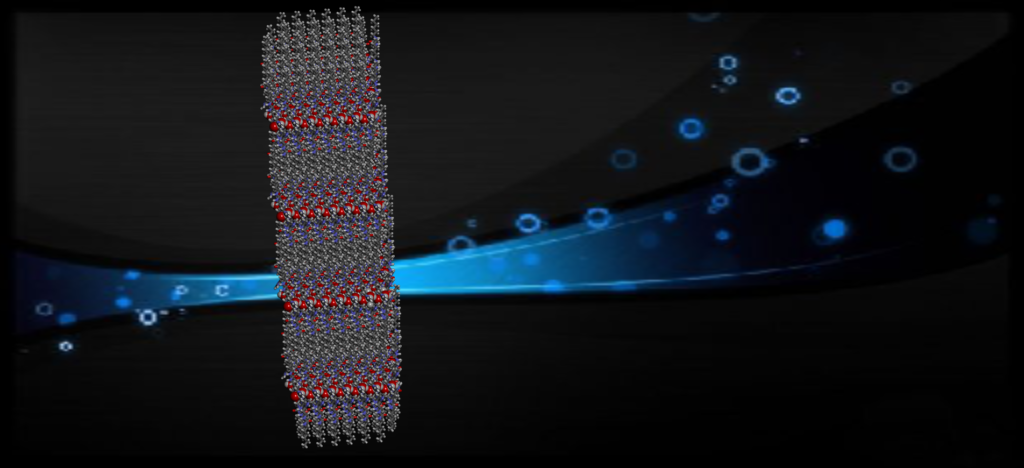an impossible task
Blue gold is becoming increasingly scarce, and to meet our water needs, we must look to the open sea... Desalinating seawater to produce fresh water is now a global challenge. This process has just taken a major step forward thanks to researchers atthe European Membrane Institute.

According to the UN, by 2030 the planet will suffer from a 40% shortage of drinking water, while the population continues to grow. But where can we get water when the groundwater that supplies us is no longer enough to meet our needs? The answer: from the sea. "Today, 20% of the water we use is desalinated seawater," explains Mihail Barboiu ofthe European Membrane Institute (IEM). But with our freshwater resources declining, in 50 years' time 60 to 70% of our water will have to come from the sea. This is a real challenge, and the researcher has just made a significant contribution to addressing it.
Reverse osmosis
Separating salt from water is no easy task. "The ions that make up salt and water are the same size, so simple filtration won't work." To get around this problem, researchers use reverse osmosis: "We pass the water through a specialmembrane that retains the salt," explains Mihail Barboiu. But even then, the solution is not straightforward. "When a permeable membrane separates two solutions withdifferentsalt concentrations, water naturally flows through the membrane until the concentrations on either side are balanced. This is called osmosis,"explains the specialist.
Once there is the same amount of salt in both solutions, what is known as osmotic equilibrium is reached."To continue passing water after this stage ,pressure must be applied to force the flow; this is reverse osmosis." It is an effective technique, but one that requires a lot of energy to generate this pressure. "Successfully reducing the amount of energy required is a real challenge in improving seawater desalination capabilities."
Permeability and selectivity
This is where researchers at theIEM come in, with the development of a new type of membrane that allows water to pass through more easily while effectively retaining salt. Their recipe? " A polyamide membrane into which we have inserted artificial water channels." These channels are synthetic compounds that form pores permeable to water molecules, while rejecting ions. "This results in a membrane with greater permeability and good selectivity, "explains Mihail Barboiu. Being more permeable, it allows water to pass through more easily, meaning that less energy is required to force the flow. Challenge met.
This innovation has already proven itself, with figures to back it up. "It is three times more permeable than the membranes currently in use, without losing any selectivity," explains Mihail Barboiu. These super membranes therefore allow a water flow that is 75% higher than that observed with current industrial membranes. "They reduce the amount of energy needed to desalinate seawater by 12%, which is a considerable improvement," says the researcher. This also means that more fresh water can be produced with the same amount of energy. Already patented, this work was published in Nature Nanotechnology on November 9.